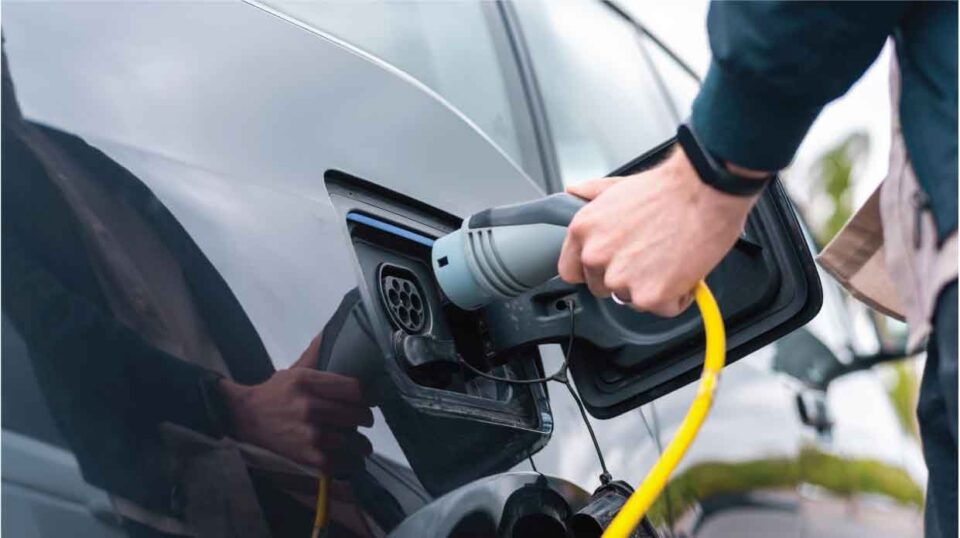In the realm of automotive care, dents and dings are inevitable. From stray shopping carts to minor accidents and hailstorms, our vehicles are constantly at risk. Enter Paintless Dent Repair (PDR), a groundbreaking approach to rectifying these blemishes. But what exactly is PDR, and why has it garnered such attention in the automotive repair world? Let’s delve into the details.
Understanding Paintless Dent Repair (PDR)
PDR, as the name suggests, is a method of removing dents from vehicles without the need for fillers or paint. Instead of the conventional route of using body fillers followed by sanding and repainting, PDR uses specialized tools to reshape and restore the dented area back to its original state. It’s a technique that combines finesse with expertise, demanding a keen eye and a skilled hand.
The PDR Process
- Assessment: The first step is a thorough assessment of the damage. Technicians determine the size, location, and severity of the dent to decide the best approach for repair.
- Access: Once assessed, the technician gains access to the dent’s backside. This might involve removing interior panels or taillights, ensuring that the repair tools can be applied directly to the underside of the dent.
- Visualization: Modern PDR techniques employ LED lights and reflection boards. These tools cast shadows over the dent, highlighting its depth and contours, aiding in precision repair.
- Repair: With the use of specialized tools, like metal rods and body picks, technicians meticulously massage and reshape the metal, restoring it to its original form. In instances where accessing the dent from behind is challenging, technicians might use a technique called “glue pulling.” This involves attaching special tabs to the car’s exterior over the dent and pulling the dent out.
The Advantages of PDR
- Preservation of Original Paint: One of the standout benefits of PDR is that it maintains the vehicle’s original paintwork. Traditional methods might lead to color mismatches or evidence of over-spraying, detracting from the vehicle’s aesthetics and value.
- Cost and Time Efficiency: Without the need for fillers, primers, or paint, PDR is generally quicker and more affordable than traditional methods.
- Eco-Friendly: In the age of sustainability, PDR stands out as a green solution. It avoids the use of chemicals and solvents associated with repainting, aligning with environmentally conscious practices.
- Vehicle Value Retention: Cars that retain their original paintwork and have minimal signs of repair typically command better resale values.
Limitations of PDR
While PDR is a formidable method for dent removal, it’s not universal. Extremely deep dents, sharp dings, or those where the paint is cracked might not be suitable for PDR. The technique demands undamaged paint to be effective. Additionally, dents located near the edge of a panel or those on certain areas with limited accessibility might be challenging to repair using PDR.
In Conclusion
Paintless Dent Repair (PDR) represents a significant evolution in the field of automotive dent repair. It offers vehicle owners a swift, cost-effective, and high-quality solution for many dents and dings, bypassing the complexities and potential pitfalls of traditional repair methods. With its array of benefits and its ever-growing popularity, PDR has solidified its place as a go-to solution for many automotive enthusiasts and everyday drivers alike. If you’re ever faced with the dilemma of a dented vehicle, considering PDR might be your best move.

